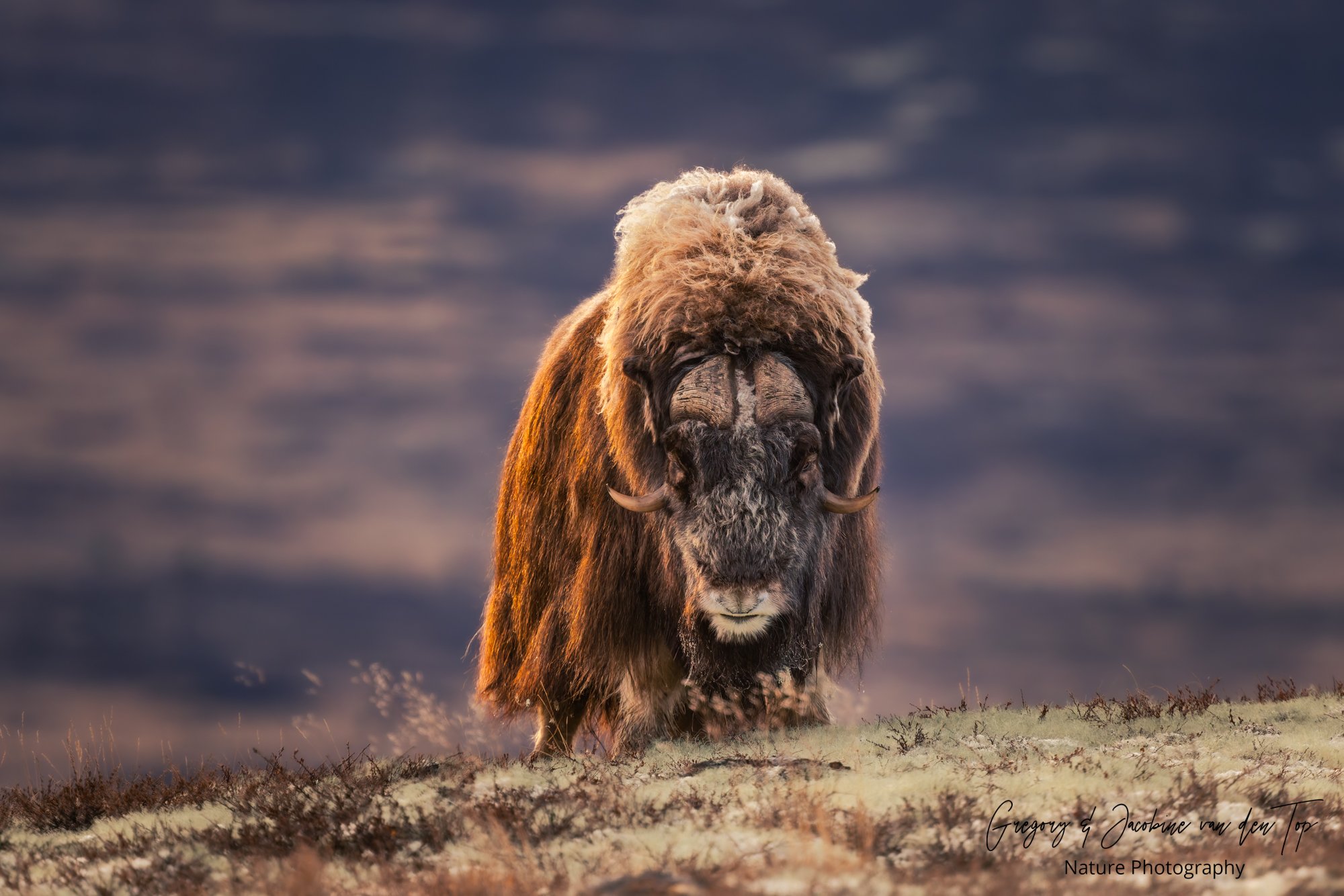Three different perspectives
High expectations
This school year, our fall break came quite late, spanning the end of October into early November. At that time of year, some parts of the world are already seeing snowfall, so we decided it might be the perfect opportunity to head to Norway. Greg had always dreamed of photographing muskoxen, and this could be our chance to capture them in a snow-covered landscape.
In the weeks leading up to our trip, we kept a close watch on the weather forecast for Norway. Snow was indeed falling in substantial amounts, and it looked like our wish might come true. However, just a week before our departure, the weather took an unexpected turn. Temperatures remained well above freezing, and snow was no longer in the forecast. While seeing muskoxen still seemed likely, capturing them in the snow was becoming more of a hopeful fantasy than a realistic expectation.
As soon as school ended on Friday afternoon, we set off on our journey to Norway. Driving was our only option since we wouldn’t make it in time to catch a ferry. This meant driving up through Denmark, crossing into Sweden via the bridges, and continuing north into Norway to reach Dovrefjell. The navigation predicted a 20-hour drive, not including stops. Despite the long trip, we stayed optimistic, seeing the drive as part of the adventure.
Getting to know the muskox
We arrived at our destination around 8 p.m. on Saturday and, after a quiet Sunday, set out early Monday morning. We had arranged for a guide for our first trek into Dovrefjell, as we were unfamiliar with muskox behavior and needed to be cautious due to their potential danger. At the meeting point, we began a steep, exhausting climb lit only by our headlamps.
When we reached the top, dawn was approaching, about half an hour before sunrise. Soon, Greg and our guide spotted a muskox, perfectly positioned on a small ridge with a lake in the background and the sky beginning to glow behind the distant mountains. We made our way toward it, another challenging trek through marshy terrain. Our guide explained how to maintain a safe distance, allow the muskox to get used to our presence, and recognize any signs of dangerous behavior. The setting that morning was stunning: a muskox calmly framed by a red-tinted sky, with the lake adding to the scene’s serenity.
Changing conditions
The next day, we found the same muskox without the guide’s assistance, now confident in our knowledge of how to act around these animals. The light was even better, casting a golden glow over the great creature. The trip was already exceeding our expectations.
On the third day, everything fell into place: snow! It had started falling overnight, making the uphill trek slippery, and the wind was picking up as snow continued to fall. Spotting a muskox in such conditions was difficult, with visibility sometimes reduced to just 20 meters. Nevertheless, we followed the same path as before, and after an exhausting search, we finally located a muskox. Would we get our snow photograph at last? We waited in the midst of the snowstorm, and eventually, the muskox stood up and posed for us. It was breathtaking—this majestic creature framed by the snow-covered landscape was everything we had hoped for.
Nature and its wonders never cease to amaze us. Once again, we felt humbled by the grandeur around us, grateful for this moment in creation.
Muskox
Muskox in golden light
Muskox in a snow storm



